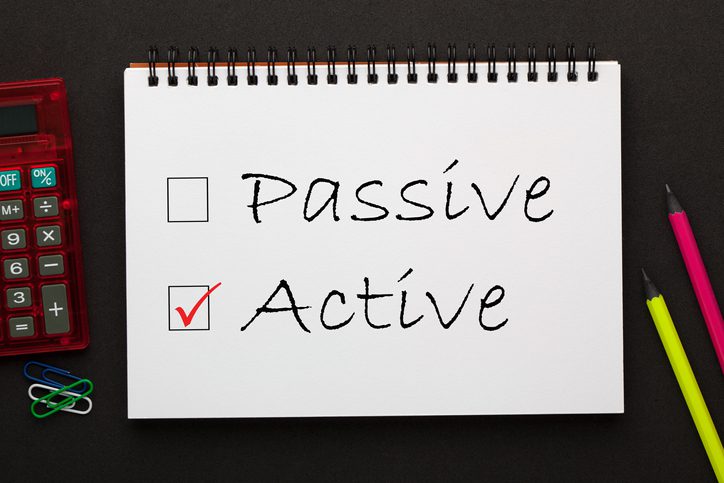 If I’m honest, the past decade or so have not been great for investors who actively manage or diversify their accounts. Many like Warren Buffet who espouse the strategy of simply buying low-cost S&P index funds, have done very well especially since 2009. With the nearly unprecedented run our nations largest tech companies have had over the past decade, it is understandable why this methodology of investing has grown in popularity.
If I’m honest, the past decade or so have not been great for investors who actively manage or diversify their accounts. Many like Warren Buffet who espouse the strategy of simply buying low-cost S&P index funds, have done very well especially since 2009. With the nearly unprecedented run our nations largest tech companies have had over the past decade, it is understandable why this methodology of investing has grown in popularity.
After all, it’s very simple to just buy an index fund of the S&P with a spattering of bonds as a safeguard against a market crash and call it a day. But, like nearly everything else in life, the market runs in cycles. And what has worked in the recent past, is by no means a guarantee of future results.
These past few months are proof of this. Since January 1 the S&P has lost roughly 15%. Bonds, which traditionally have an inverse relationship to the market, have also lost around 10% over that same time period. That’s why many bond-heavy conservative investors are doing almost as badly as aggressive equity focused investors thus far this year.
In my opinion, this trend is likely to continue or even get worse. I believe we are potentially on the preface of serious economic downturn. As I wrote a few weeks back, what started with increases in prices, has shifted to decreases in spending, and could naturally lead to increases in unemployment. This along with our high debt levels and continued increases in interest rates could result in an extended bear market not only for stocks but bonds as well.
If this grim prediction comes true, the overly simplistic strategies of buy and hold could result in continued losses of significant portions of your accounts. But the act of jumping out of the market altogether is also fraught with peril. Just ask anyone who jumped out of the market in 2008-2009 and then waited several years to get back in (if they ever did). These individuals likely saw significantly worse performance by not only panicking during the market fall, but also by being too afraid to get back in before it was too late. That’s the biggest problem with people who go the “buy and hold” route. Too often “buy and hold” turns into “sell and hold off” at the worst possible time.
It’s times like the ones we are in now where I believe active investment managers like us really have an opportunity to shine, much like many did in the early 2000’s after the tech bubble burst in 2001, and the housing market crashed in 2008.
If you used the buy and hold method of S&P Index funds over that 8-10 year period you likely saw little to no gains whatsoever. However, for those active managers who preemptively adjusted their strategies before, or even during these serious pullbacks, their performance was likely significant better overall. Because not only did they likely avoid much of the downturn, they also reinvested at the lower share prices that came after.
For more than the last 6 months we have taken steps to reduce our client’s exposure to investment risk by either selling securities and moving to cash, or buying shorts which offset the losses of the positions they are shorting by going up as the original investment goes down. Since obviously nobody has a crystal ball and the market can be very unpredictable our clients have seen losses as well. But generally speaking, the actions we have taken have resulted in the majority of the accounts we manage seeing losses of less than half what they would expect to see from more standard risk adjusted benchmarks.
I wish I could say definitively that I know what will come next for the market and our overall economy. I do not. Nor does anyone else for that matter. But to me, it just makes sense that being proactive to get ahead of a potential storm rather than just praying to survive it, is the prudent thing to do.
